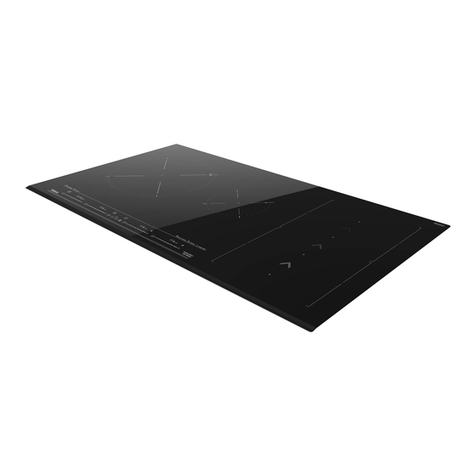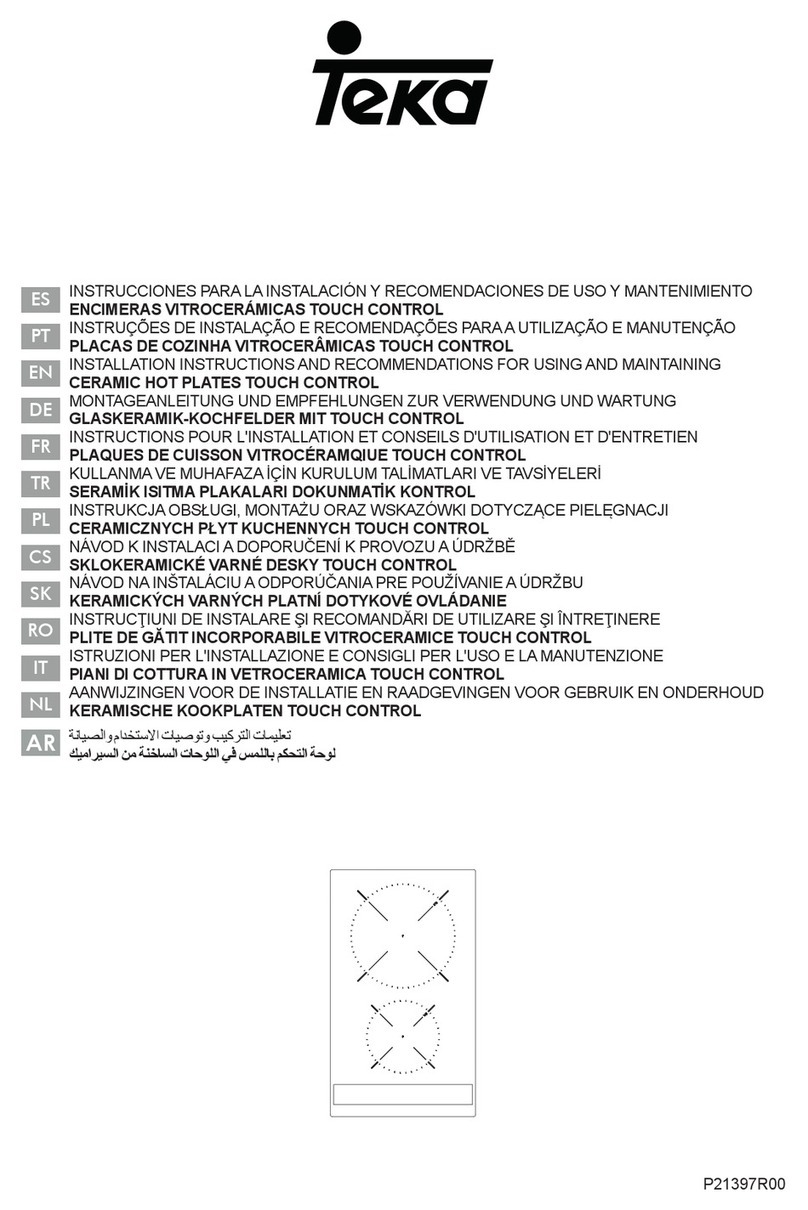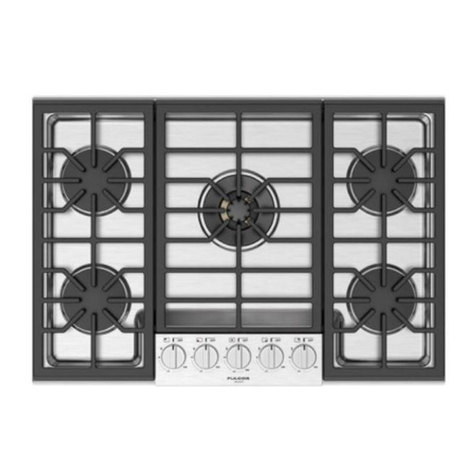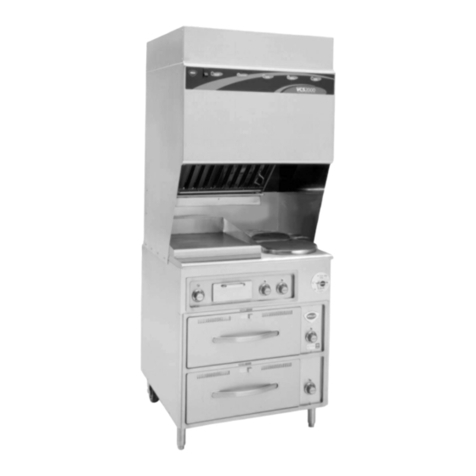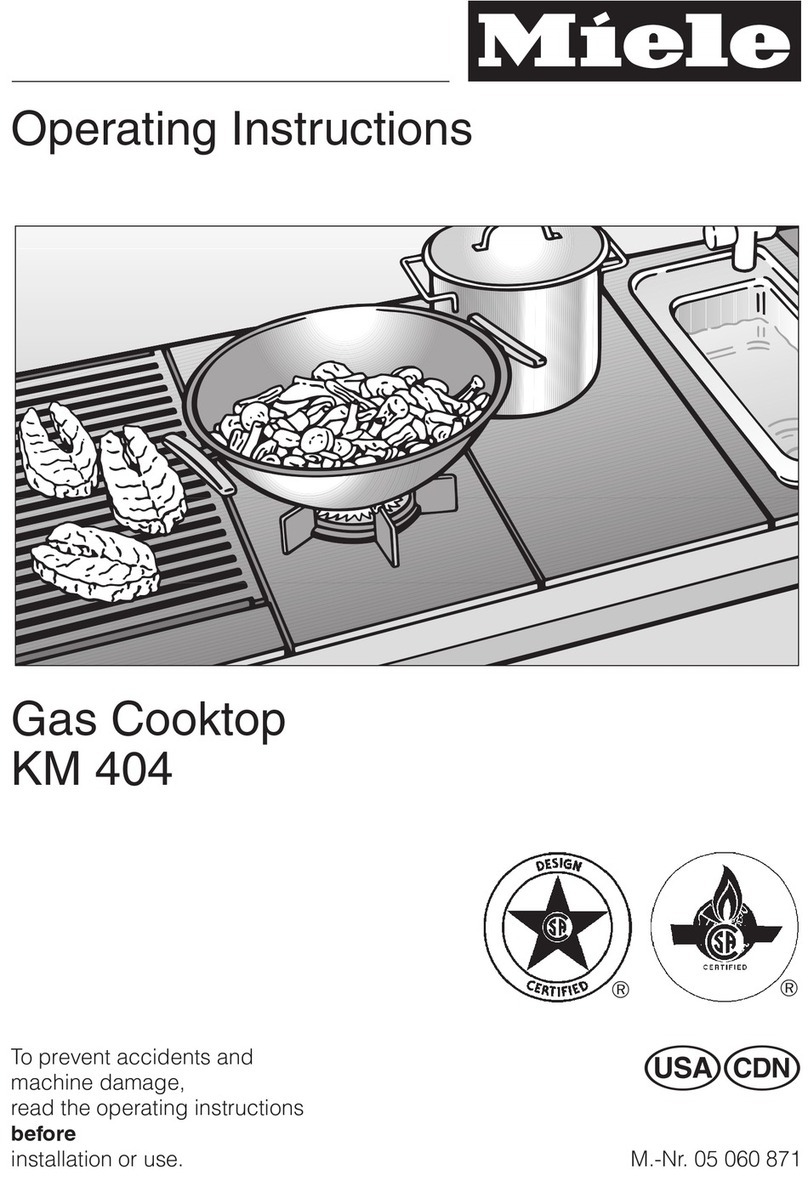Teka FQ6TG Installation and operating instructions
Other Teka Cooktop manuals

Teka
Teka EX/60 4G AI FUND User manual

Teka
Teka AFF Series Operating instructions

Teka
Teka SL P60 4G User manual
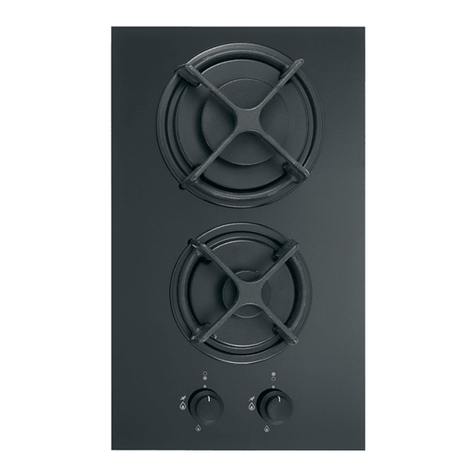
Teka
Teka GKS 30Gas Installation and operating instructions
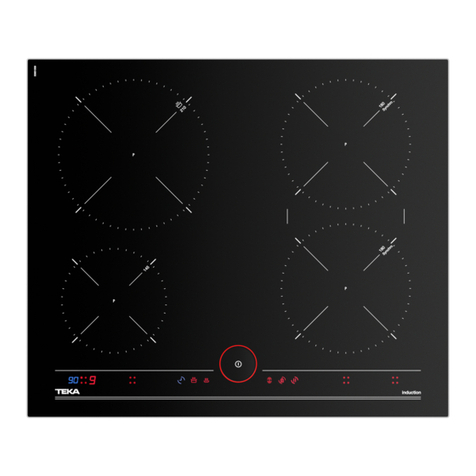
Teka
Teka IT-6350 Operating instructions
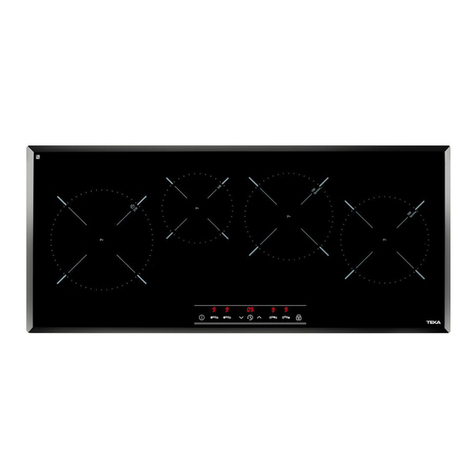
Teka
Teka IR 9400 HS Operating instructions
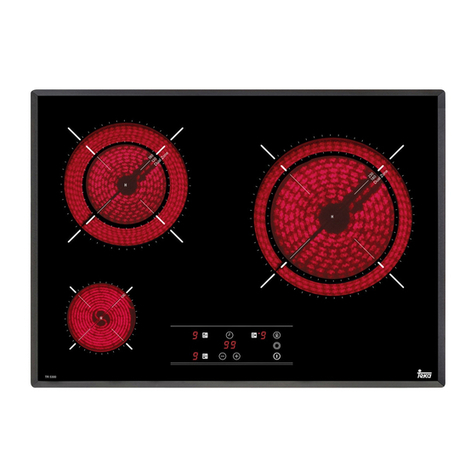
Teka
Teka TR 5300 Operating instructions

Teka
Teka EFX 30 1G AI AL TR 5kW User manual

Teka
Teka IZ 8320 HS Operating instructions

Teka
Teka P21303R01 Operating instructions
Popular Cooktop manuals by other brands

Fisher & Paykel
Fisher & Paykel CE302CBX2 manual

Whirlpool
Whirlpool GJC3634RB00 parts list
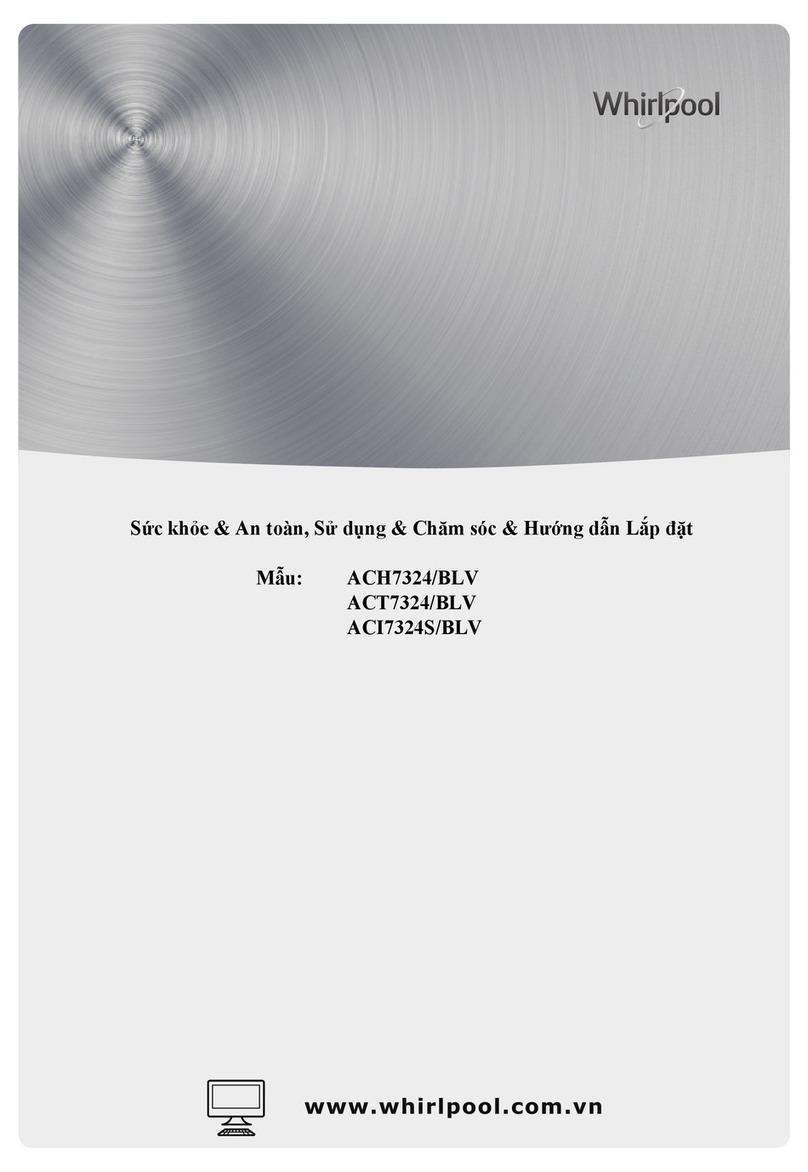
Whirlpool
Whirlpool ACH7324/BLV Use, care and installation guide
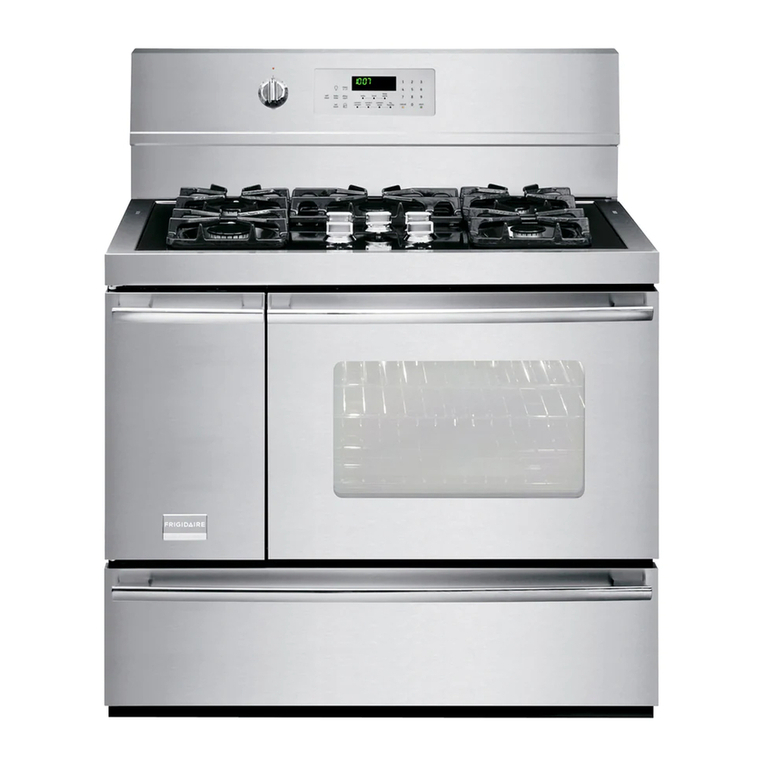
Frigidaire
Frigidaire Professional FPDF4085KF Important safety instructions
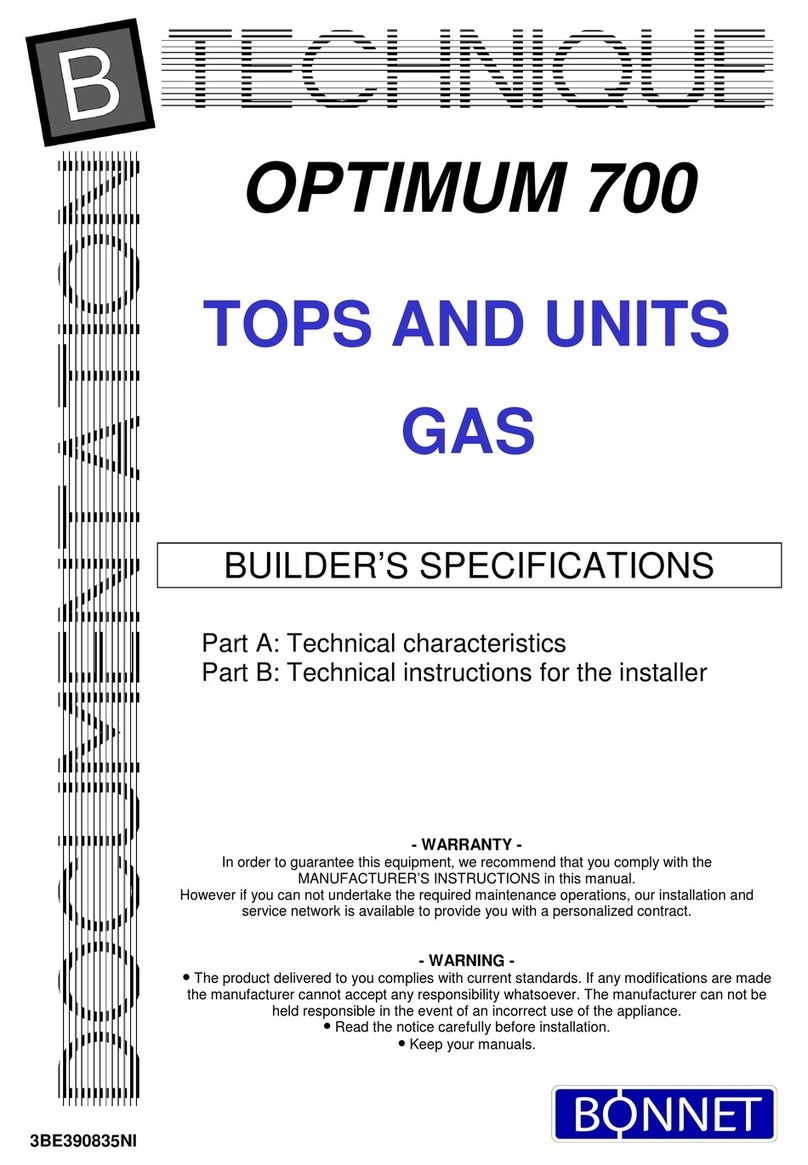
Bonnet
Bonnet OPTIMUM 700 Technical instructions
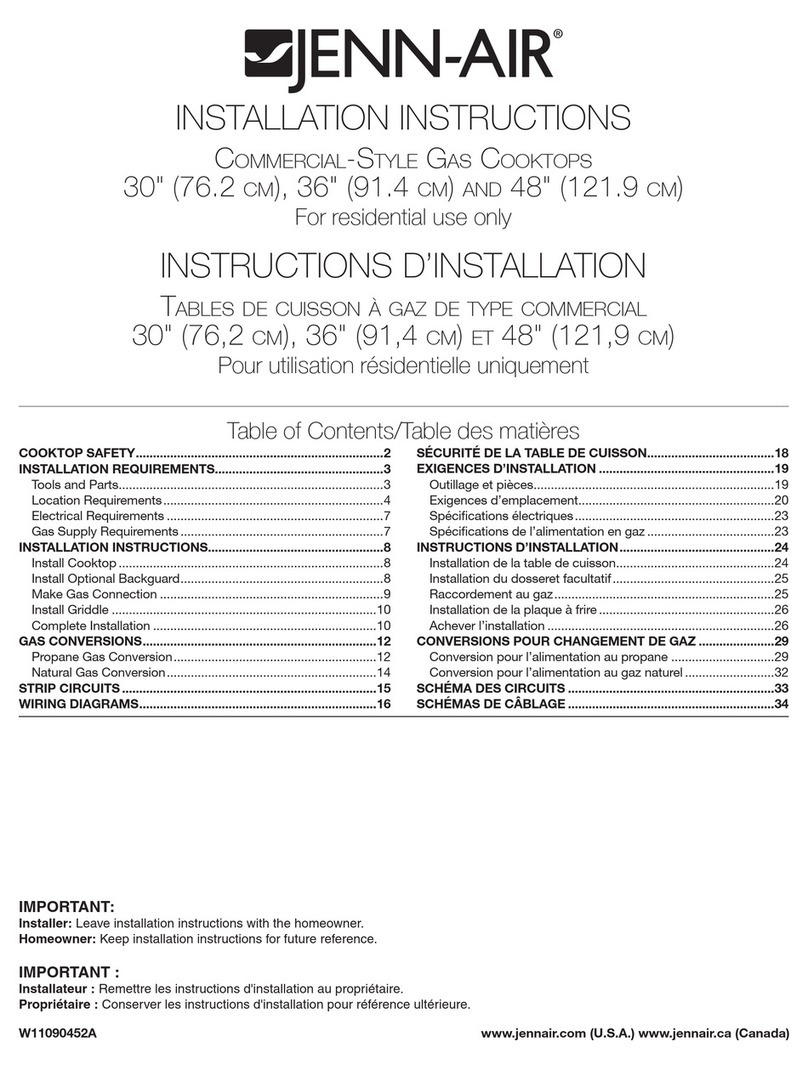
Jenn-Air
Jenn-Air JGCP430 installation instructions
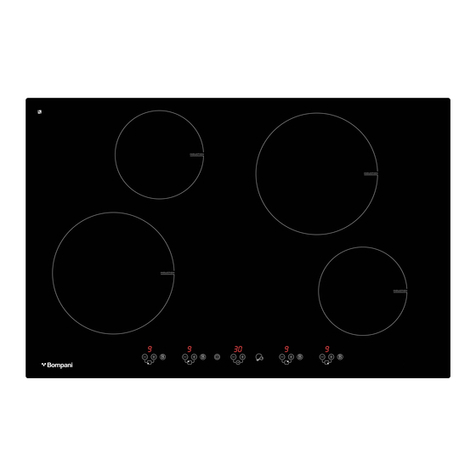
Bompani
Bompani BO374AA/E User instructions

Kleenmaid
Kleenmaid cooking GCTK9011 Instructions for use and warranty details
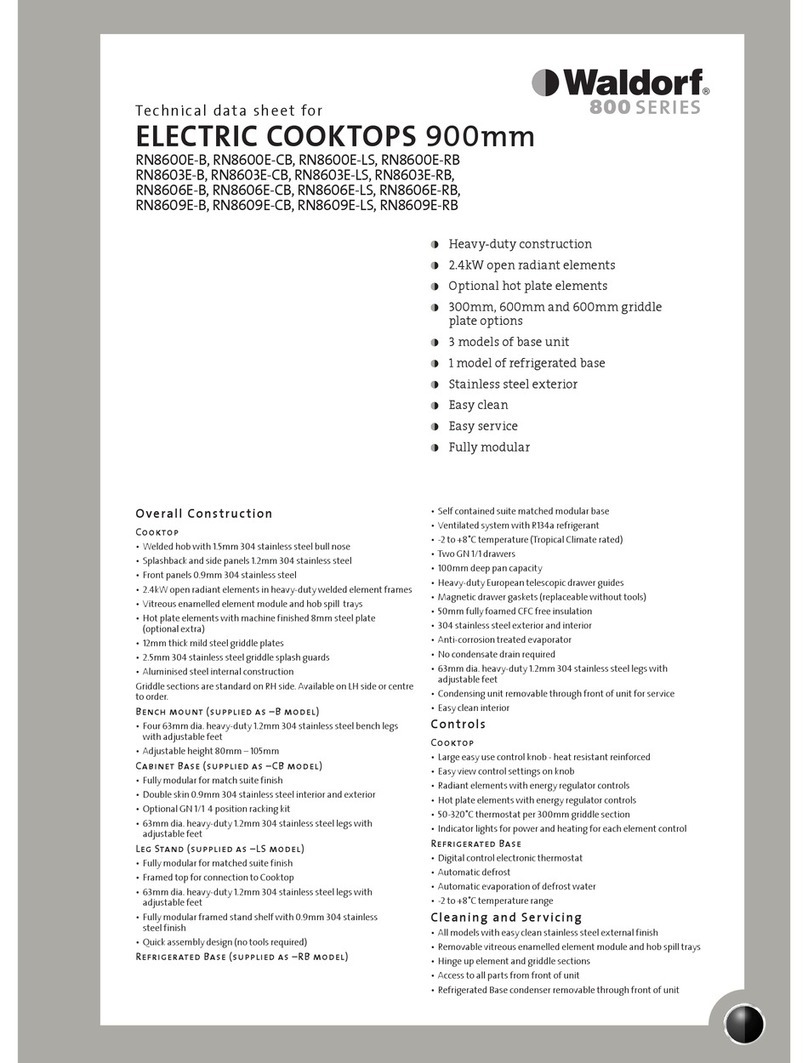
Waldorf
Waldorf RN8603E-B Technical data sheet
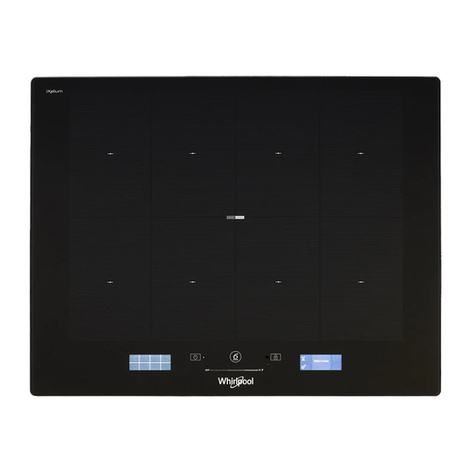
Whirlpool
Whirlpool SMP658CNEIXL quick guide
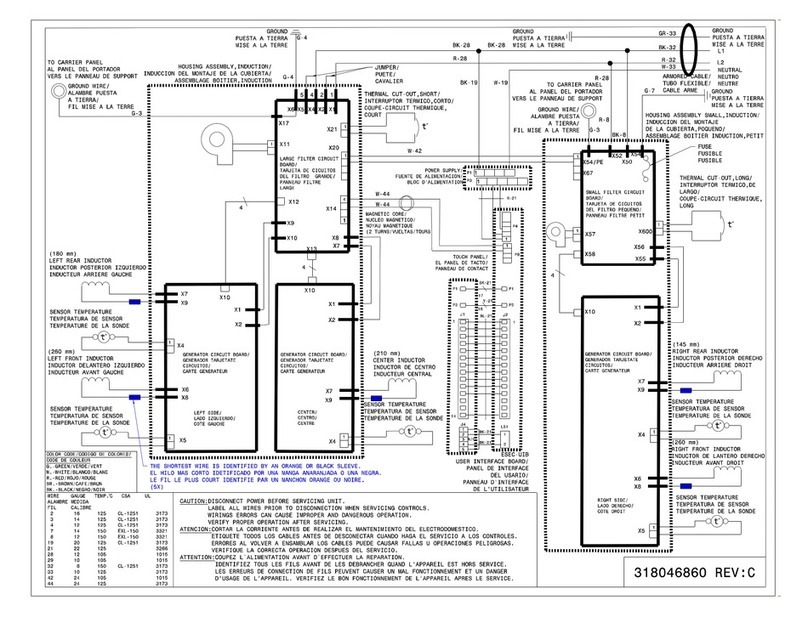
Electrolux
Electrolux E36IC80ISS - 36" Induction Cooktop Wiring diagram

Wolf
Wolf CI243C/B Use and care guide

